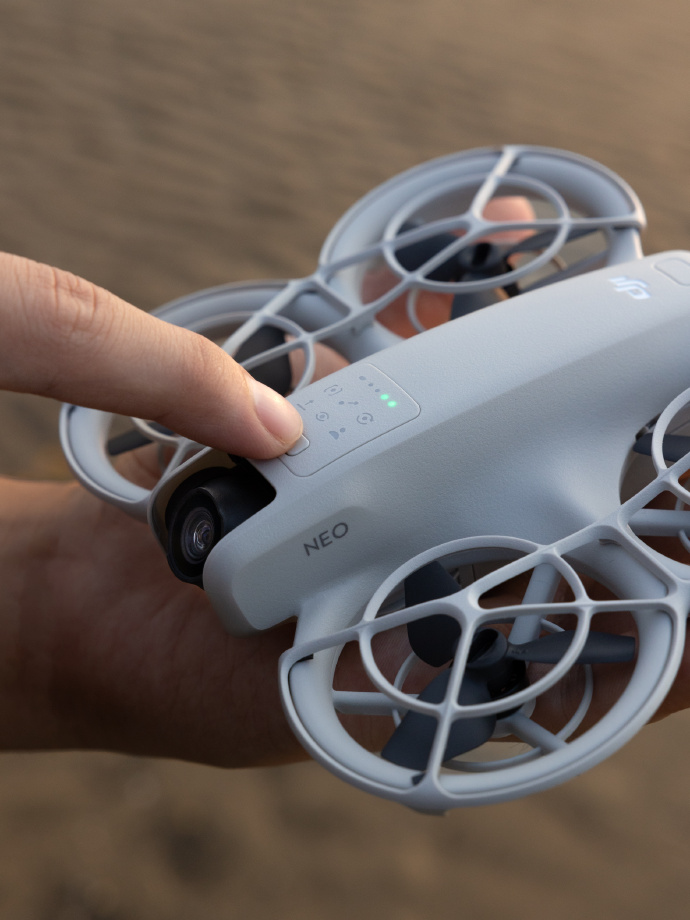Exploring Advances in Ocean Monitoring
In recent years, technological breakthroughs have propelled ocean surveillance into new realms of possibility, with manta ray drone technology taking center stage in these advancements. This remarkable evolution in unmanned underwater vehicles (UUVs) presents unparalleled opportunities for marine researchers, environmentalists, and even sectors of the commercial and defense industries.
Understanding Manta Ray Drone Technology

Manta ray drones, inspired by the fluid and efficient movement of manta rays, are specialized UUVs engineered to mimic these graceful creatures. Their design allows for silent, unobtrusive surveillance, making them ideal for gathering data without disturbing marine life. These drones can glide through ocean currents, gather ecological data, monitor changes in marine environments, and even perform complex underwater tasks that were previously challenging or impossible for humans alone.
Employing state-of-the-art sensors, these drones provide high-resolution images and videos from deep below the surface, contributing to our understanding of biodiversity and oceanography. The integration of artificial intelligence further enhances their capabilities, ensuring that they navigate efficiently and collect data effectively.
The Benefits of Manta Ray Drone Utilization
With the pressing need to address climate change and its impact on oceanic systems, manta ray drones offer a sustainable and impactful solution. As they collect comprehensive ocean data, scientists can better predict changes in sea temperatures, current movements, and the health of coral reefs. These insights are crucial in developing strategies to mitigate adverse environmental impacts.
Moreover, their application extends beyond scientific research into areas such as maritime security and disaster response. Equipped with cutting-edge communication systems, manta ray drones can relay critical data in real-time, aiding in rapid decision-making during crises.
The drones’ ability to operate long-term autonomously in harsh underwater conditions also opens doors for expansive research missions that require prolonged data collection periods.
Challenges and Future Perspectives
Despite their numerous advantages, manta ray drones face technical and ethical challenges. Their intricate design and advanced technology demand significant investment, both in development and maintenance. Furthermore, ensuring these drones are used ethically and sustainably is paramount, as their deployment can have implications for marine ecosystems.
Looking ahead, continued investment and research are essential to refine these UUVs further. Greater interdisciplinary collaboration will also play a role in expanding their applications across different fields while addressing environmental concerns.
A promising approach could involve combining UUV technology with satellite data to create comprehensive oceanic monitoring systems that are more accurate and effective than ever before.
FAQs
- How do manta ray drones impact marine life?
- Manta ray drones, due to their silent movement, minimize disturbance to marine life while collecting data. However, it’s essential to monitor their usage to ensure ecosystems remain unharmed.
- Can manta ray drones be used for commercial purposes?
- Yes, they have potential applications in areas such as underwater inspections, oil and gas exploration, and fishery management, thanks to their efficient data collection capabilities.
- What makes manta ray drones different from other UUVs?
- Their biomimetic design allows them to operate more efficiently, producing less energy consumption and ensuring quieter operation compared to other conventional UUVs.